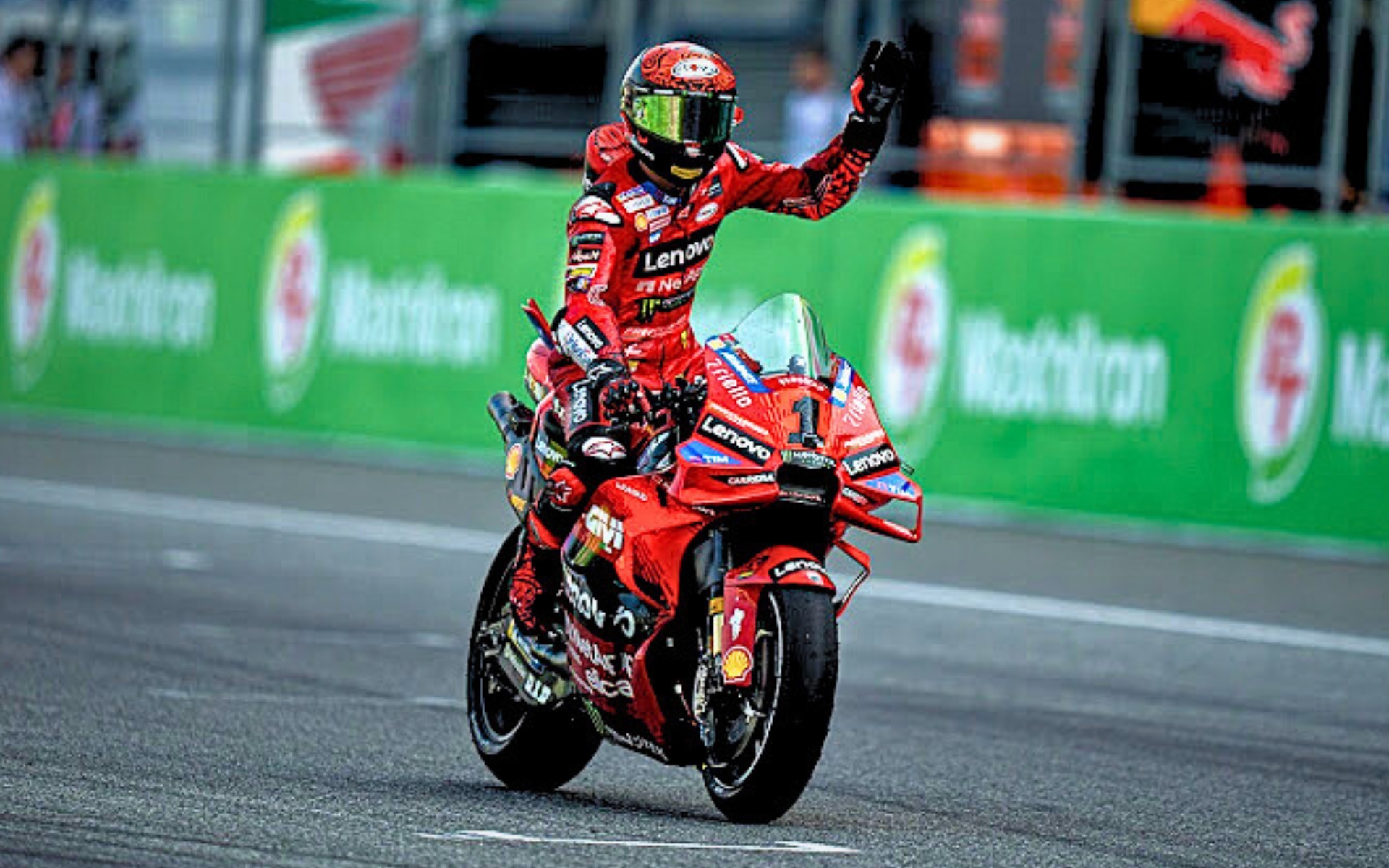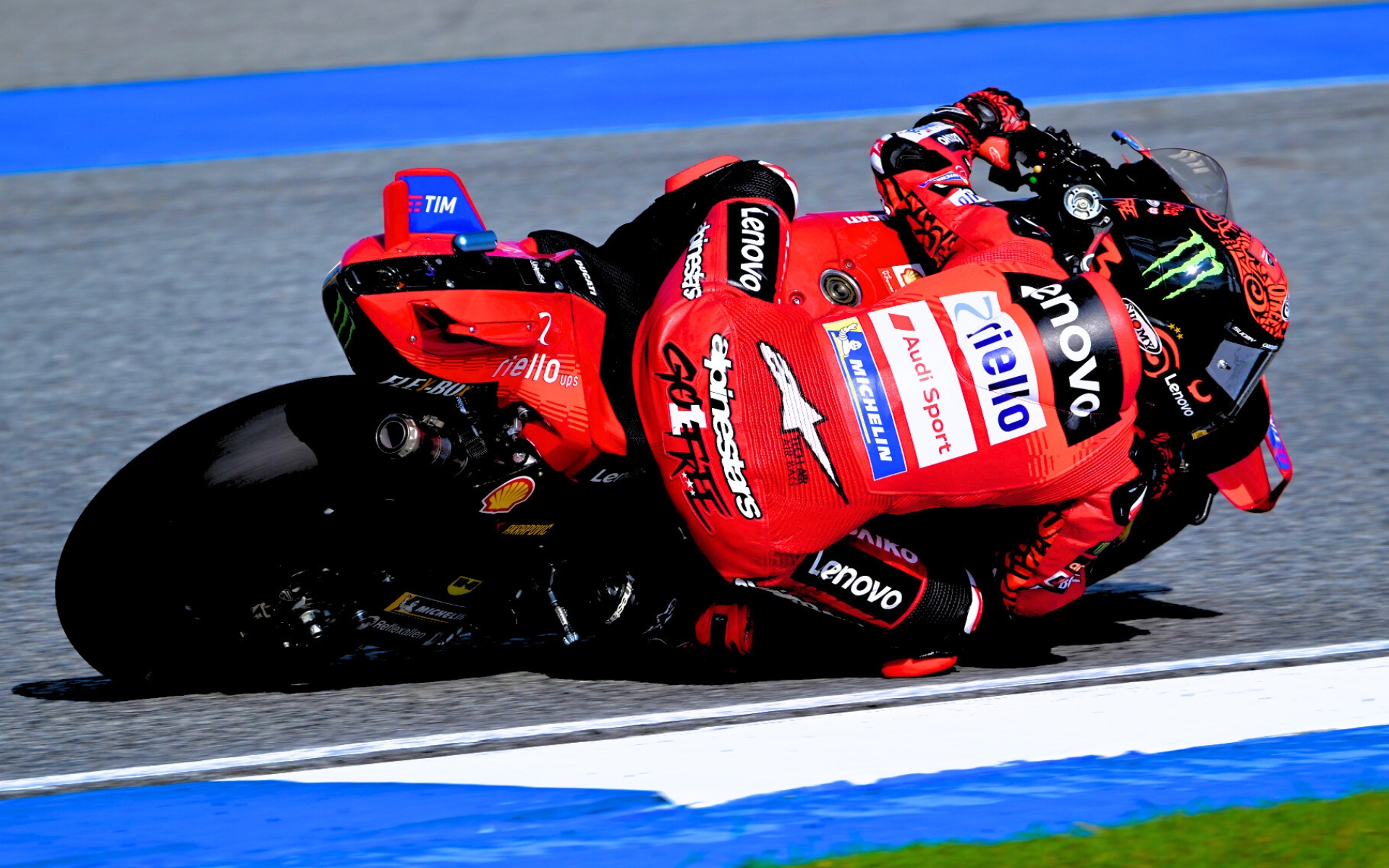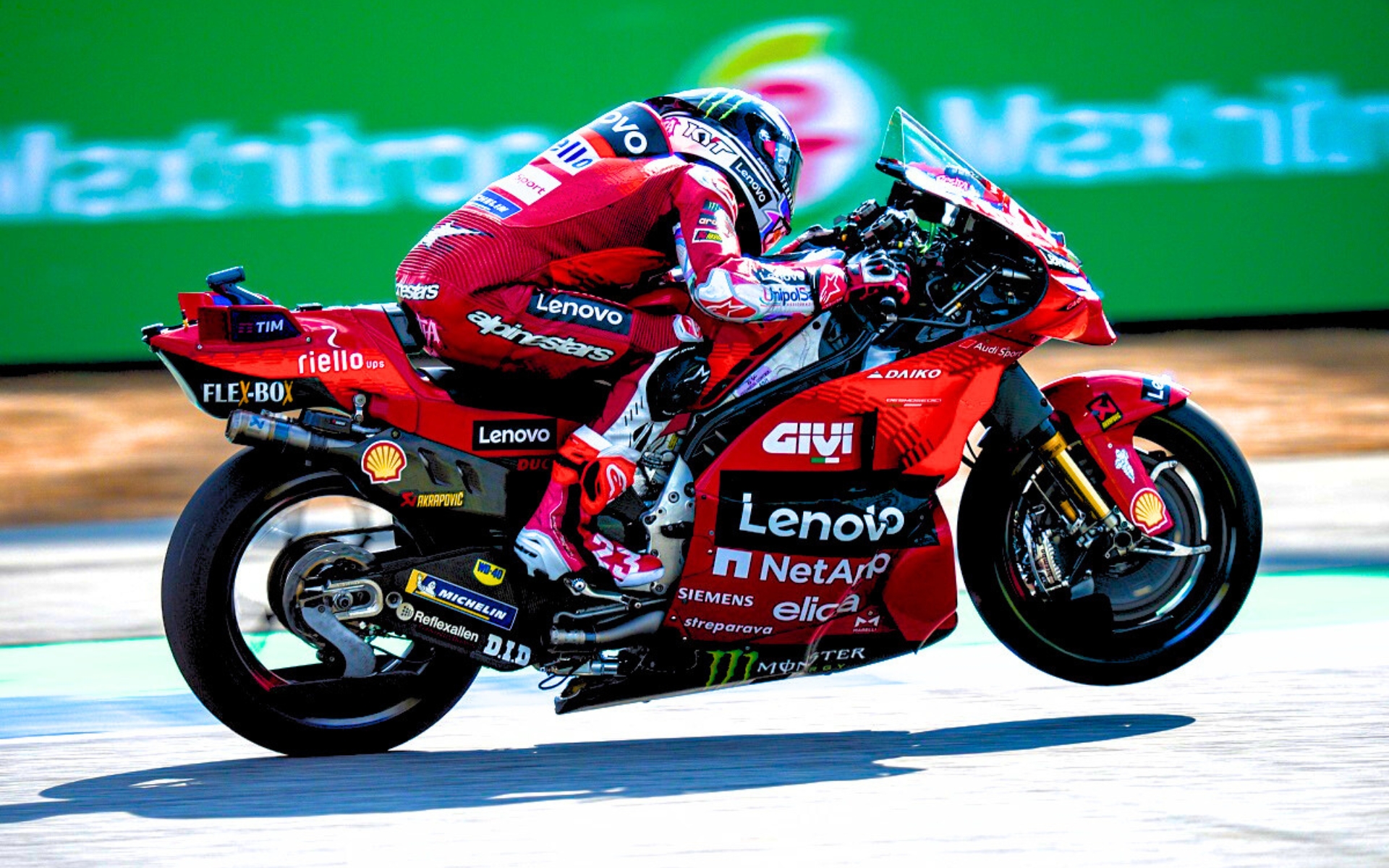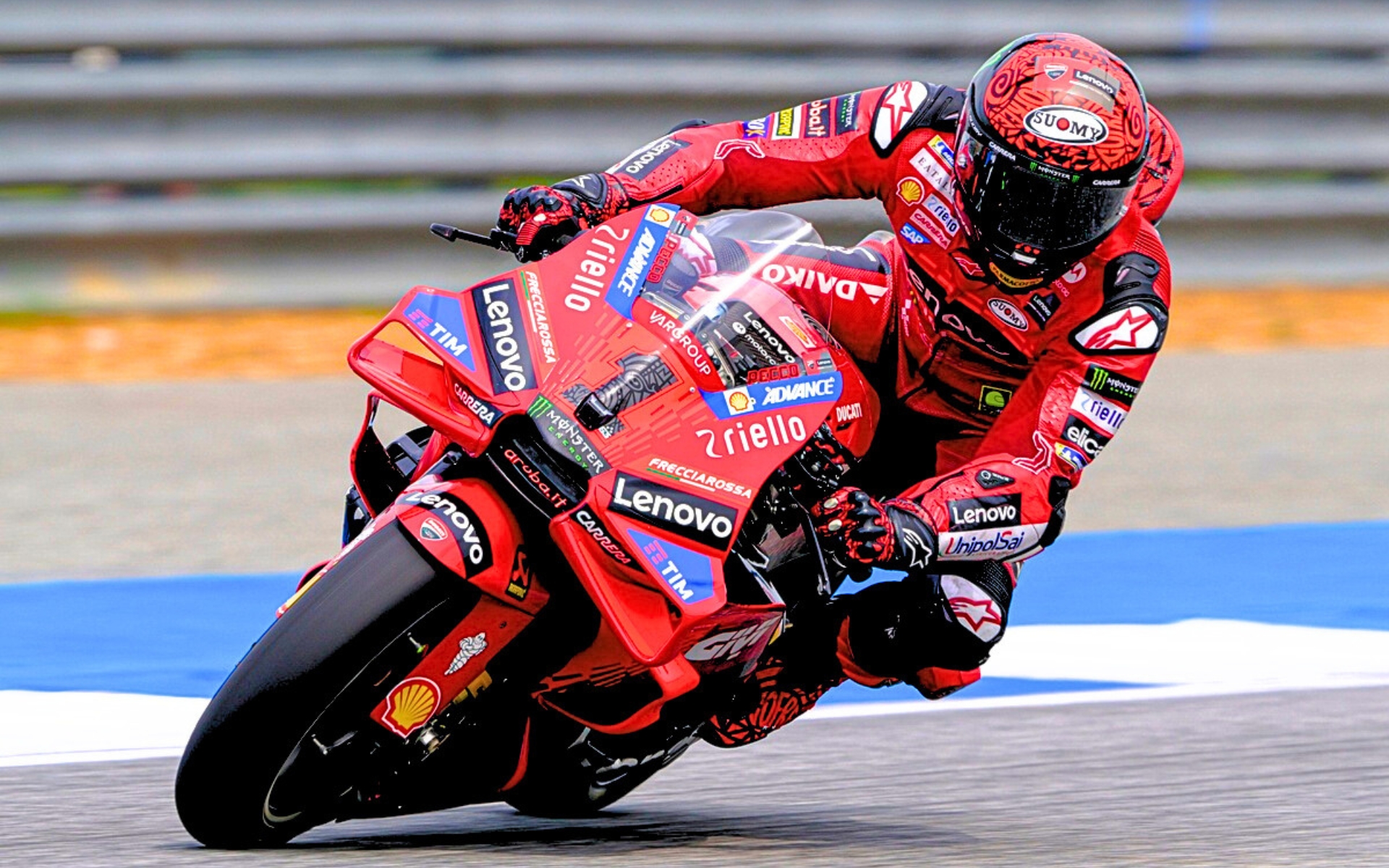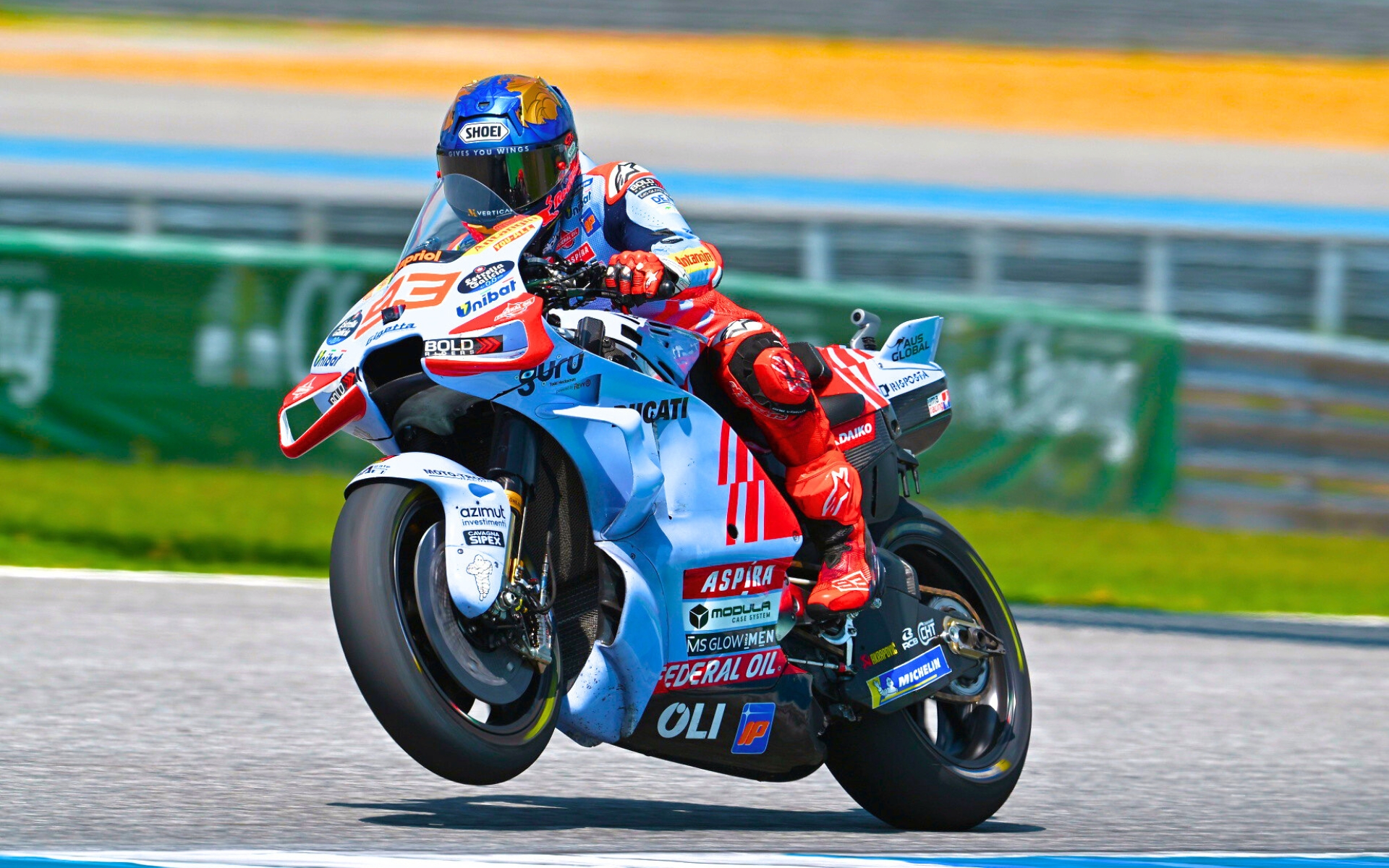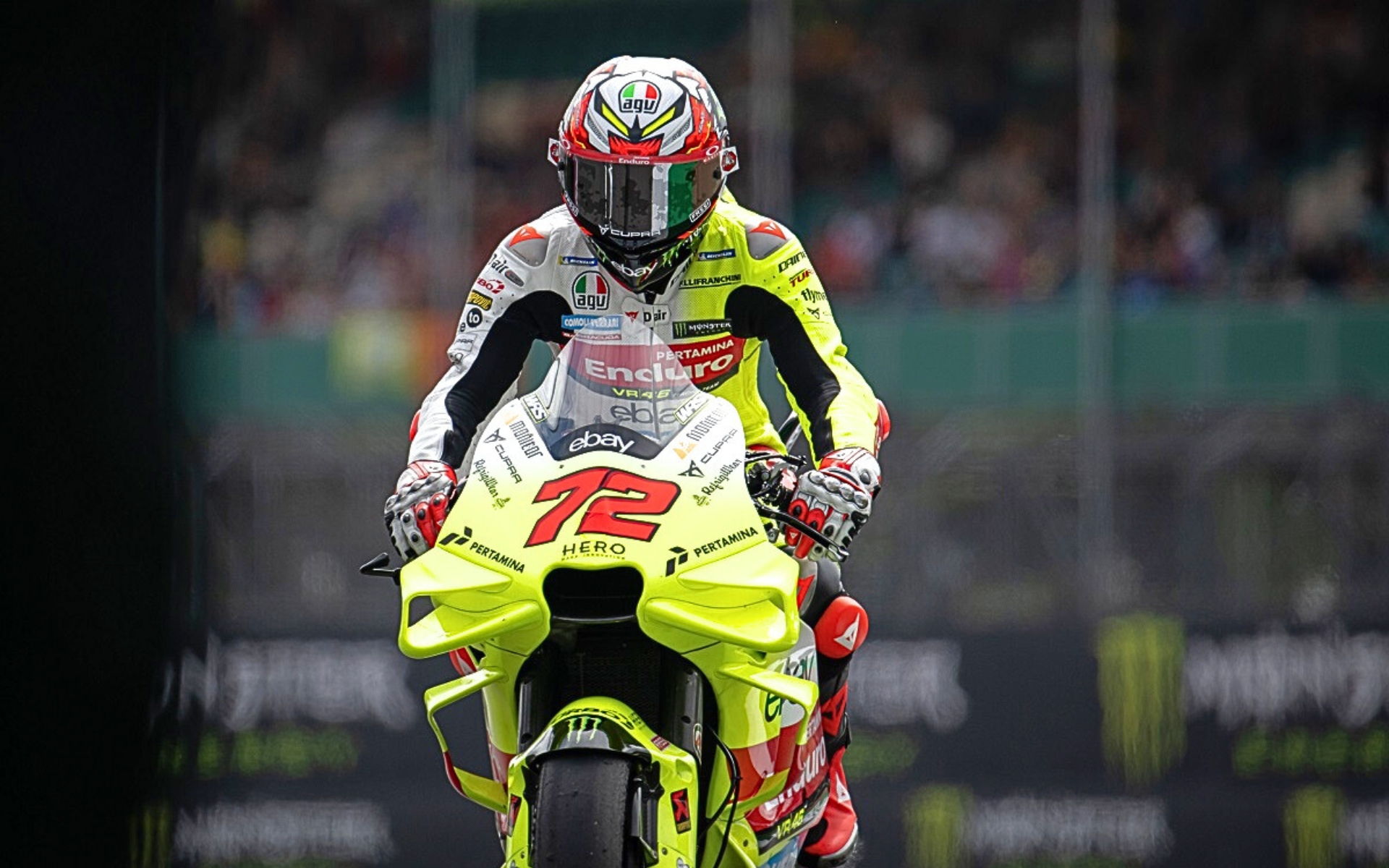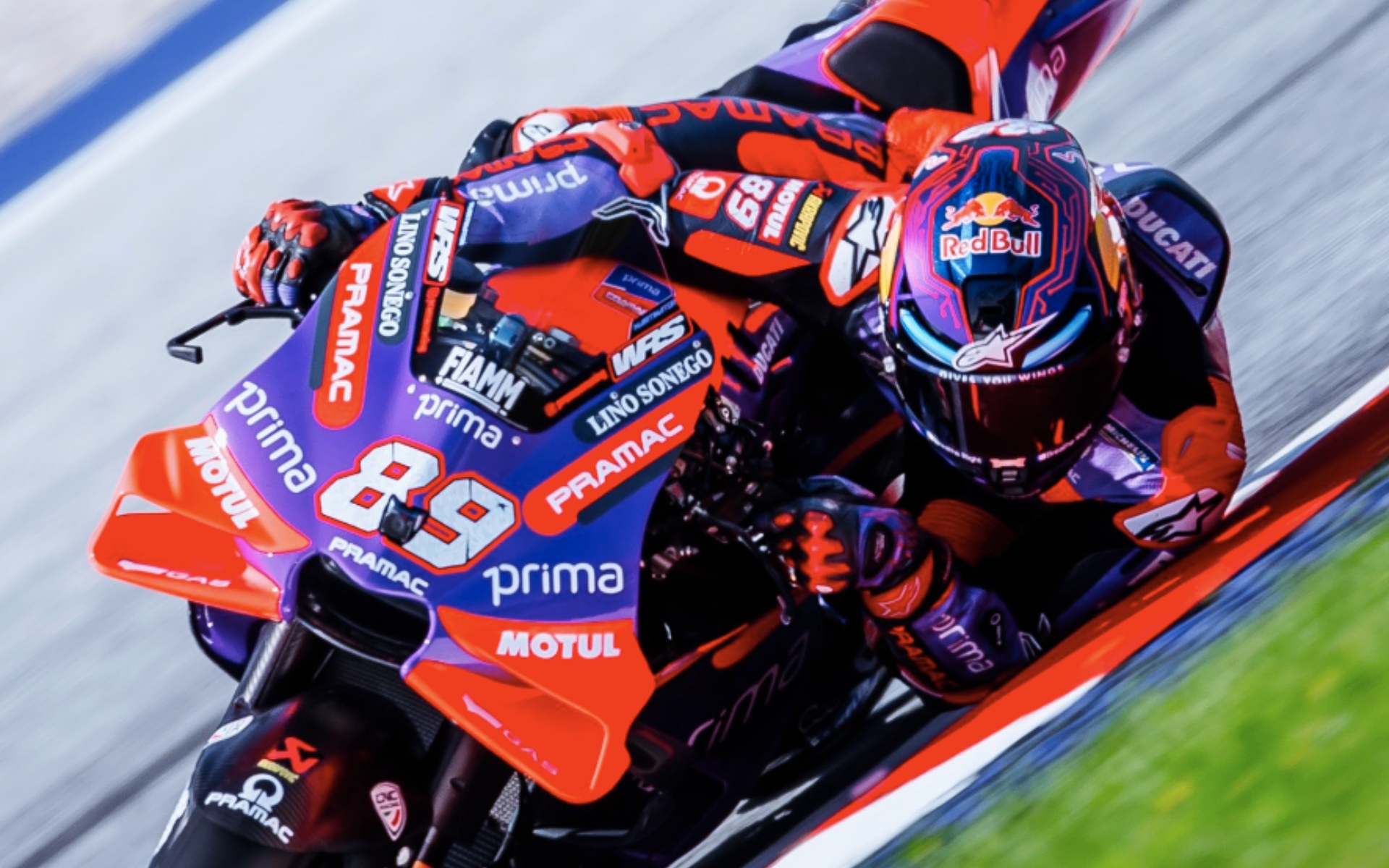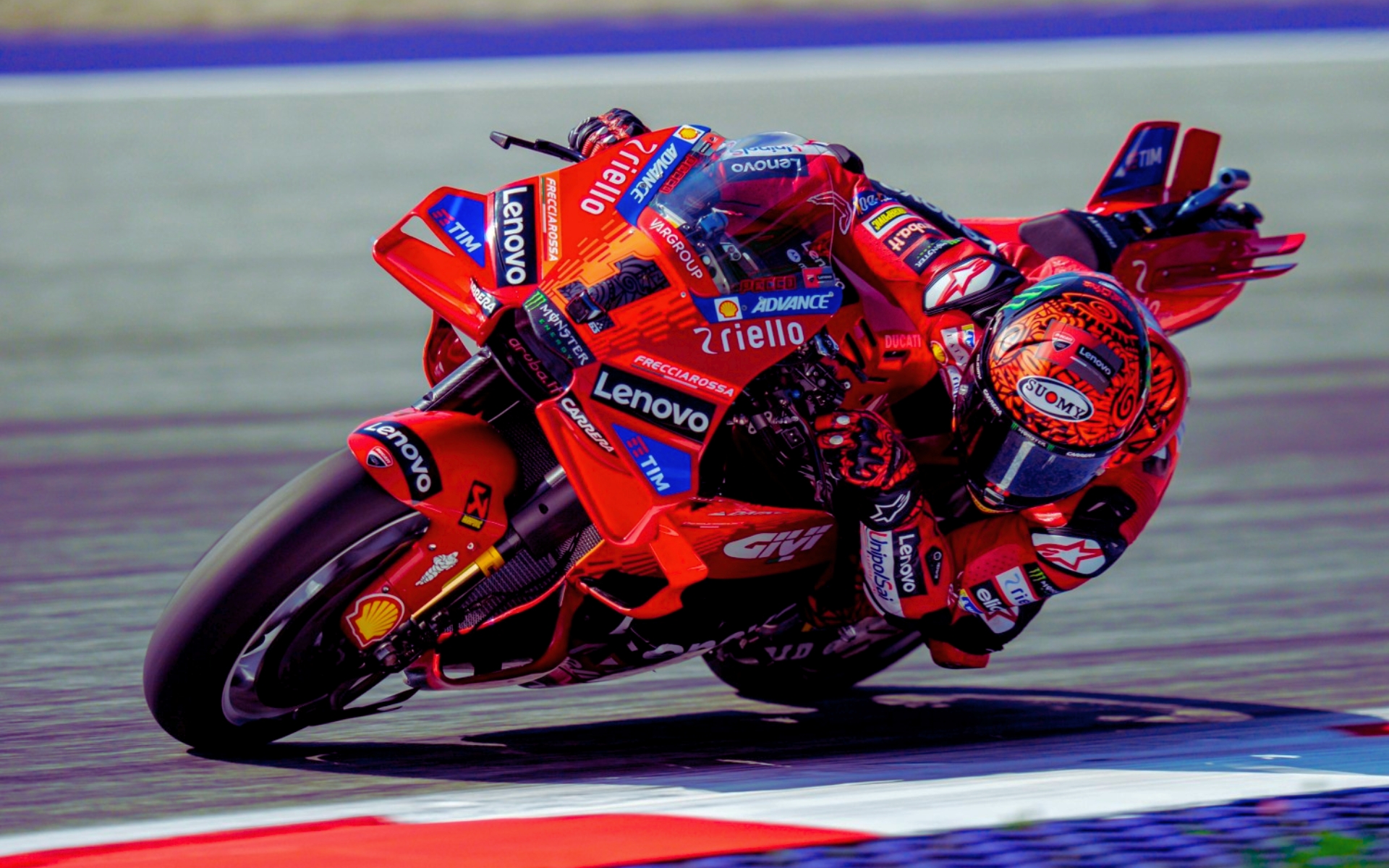MotoGP transitioning to 850cc, but have they learnt their lesson?
The 800cc era was heavily scrutinized for boring racing, but there are good reasons to believe that MotoGP won’t make the same mistakes again.

Shehryar Bin Shahid 5th March 2024
Share on:
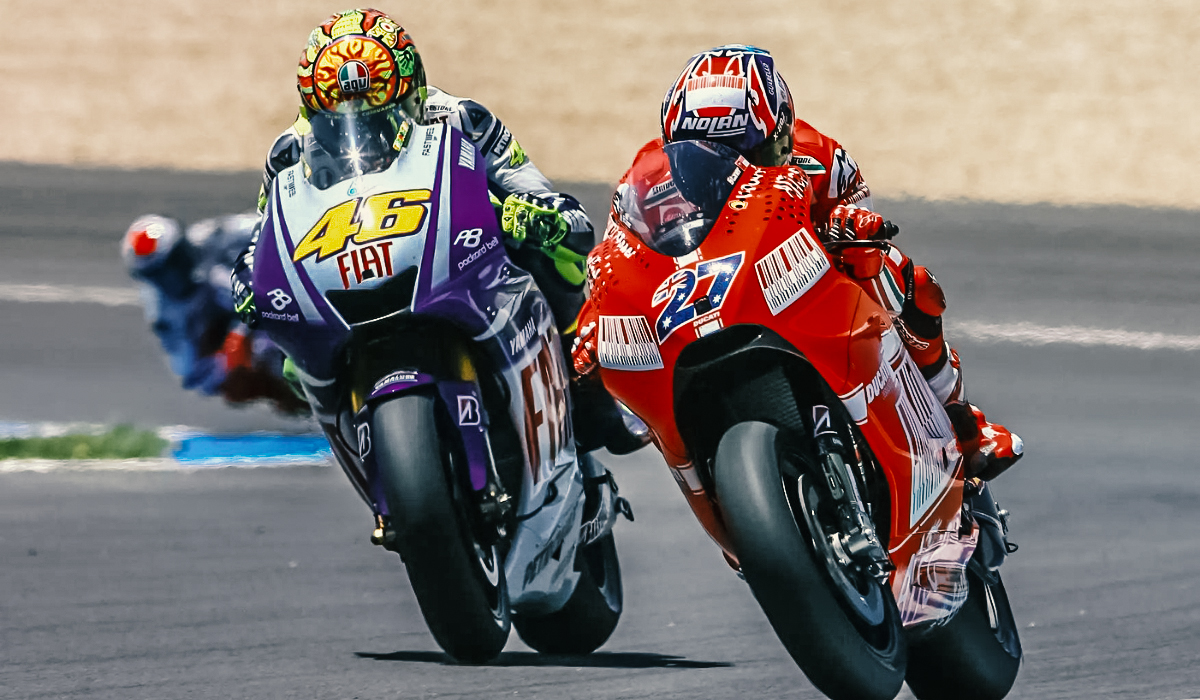
According to Crash.net’s recent interview with MotoGP’s Technical Director Corrado Cecchinelli, it looks like most teams are leaning towards 850cc engines for the 2027 regulations.
In 2007, MotoGP made a similar transition from the ‘rough and wild’ 990cc engines, to lower capacity 800cc engines. The newer regulations at the time were intended to limit the top speeds of the bike for safety reasons.
Valentino Rossi famously called the switch to 800cc in 2007 as the biggest mistake MotoGP has ever made ‘in the last 15 years’.
“The 990 motorcycle was ‘rough’ and wild, but with a great motor and a lot of power. The 800 is worse, simply worse, it is the same motorcycle with less power.
“There were big battles and large slides – this is what the public wants, no? The 990 slid a lot on the entry to the turns, but above all on the exit of the corners.”
The transition to lower-capacity engines resulted in bike engine designers looking to compensate for lost speed, which ultimately led to bikes with extra revs and overreliance on electronics.
The issue with extra revs was that it was detrimental to the engine’s health, resulting in more reliability issues, higher fuel consumption, and more engine rotations per season, which skyrocketed the engine costs.
Another avenue where the engine designers were able to find speed was through the use of electronics, which according to the riders, made the bikes less spectacular to ride.
The overly expensive 800cc engines led to a relatively poorer quality of racing as well, with only the established factories of Yamaha, Honda, and Ducati being able to compete at the front, whereas struggling factories like Kawasaki and Suzuki lamenting down the field due to increased costs, resulting in both manufacturers pulling out at the end of the 2009 and 2011 seasons, respectively.
The number of teams also dropped significantly during those years, which resulted in a lesser number of riders competing in the Grand Prix, meaning points were almost always available for the lower teams.
The 800cc era did see fresh faces emerge at the top, with Casey Stoner and Jorge Lorenzo winning their premier-class world championships alongside Valentino Rossi. But despite countering Rossi’s dominance, the racing spectacle declined overall, with a huge gap appearing between the factory and satellite teams.
Realistically, there were only four riders ( Rossi, Stoner, Lorenzo, and Pedrosa, or ‘Fantastic Four’ if you want to call them) who could battle it out at the front and in most cases the fastest among this group would sail into the distance at the earliest.
It took over two years before we witnessed a last-lap showdown for the win at the infamous Catalunya Grand Prix where Valentino Rossi made his memorable last-corner pass on Jorge Lorenzo.
There were also other famous battles during that era like the infamous 2008 Laguna Seca but those were few and far between.
800cc was also marred by dominant season performances from Valentino Rossi (2008), Casey Stoner (2007 and 2011), and Jorge Lorenzo (2010) which highlighted the scarcity of competition each rider faced in their championship-winning seasons.
To make matters worse, Dani Pedrosa set an all-time top speed record in 2009 at 349 km/h, which defied all intents and purposes for the new regulations to be implemented in the first place.
So the question arises, why are MotoGP organizers trying to downsize the engines for the 2027?
Although the motivation behind the move to 800cc (or 850cc, to be precise) engines is the same, with the major aim being to slow down the annual top speed records that the current bikes are able to achieve every single year.
But this time, there are better reasons to believe that the move won’t result in the same consequences.
Down-boring to counter higher revs:
The engine capacities aren’t the only things getting downsized. According to MotoGP’s Technical Director, Corrado Cecchinelli, the proposed engine regulations will also feature downsized cylinder bore limits to limit the extra revs.
“At the moment, we have a maximum capacity [1,000cc] together with a maximum bore [81mm], which gives a result.
“If you just ‘downsize’ the engine in the way people understand it, which is reduce the capacity, you may end up with the same power output [by raising the revs] but a ‘worse’ engine, meaning it’s difficult to ride and less reliable.
“So what we are doing is considering downsizing and downboring at the same time. So that the [850cc] engine will not only lose power, but it will become the same or even more reliable and be [just] as easy to ride [as the 1,000cc], hopefully.
One key element through which MotoGP has been able to limit the high revs issue from the 800cc era was when it introduced a maximum bore limit of 81mm for the 1000cc engines for 2012 regulations.
A major parameter for engine speed is piston velocity. This is the maximum speed at which a piston can travel through the cylinder bore. It involves accelerating the piston from the top dead center of the cylinder to the middle point of the bore before slowing down towards the bottom dead center.
The way that engine designers usually limit piston velocity is by making the bore bigger and the stroke shorter. By putting a limit on the bore size, the technical direction was able to cut off this avenue as a means to gain extra revs.
With a proposed rule of down-boring in 2027 for the 850cc bikes, one can be assured that the mistake of allowing engine designers to find extra revs won’t be repeated.
Electronics unlikely to play a factor this time…
With the implementation of the unified ECU rule under the 2016 regulations, MotoGP has been able to halt the issue of being reliant on electronics to gain speed, so this surely won’t play much of a factor when transitioning to 850cc capacity.
What to expect from the new rules?
To sum it all up, it’s highly unlikely that the mistakes of the past will be repeated when transitioning to lower capacity engines, but in the world of MotoGP, if you close the door to one area of development, the brilliant minds of the sport will likely be able to find another avenue to regain that compromise.
But it looks like for 2027, MotoGP’s regulatory body has a better understanding of what parameters to control when it comes to engine capacity changes.

